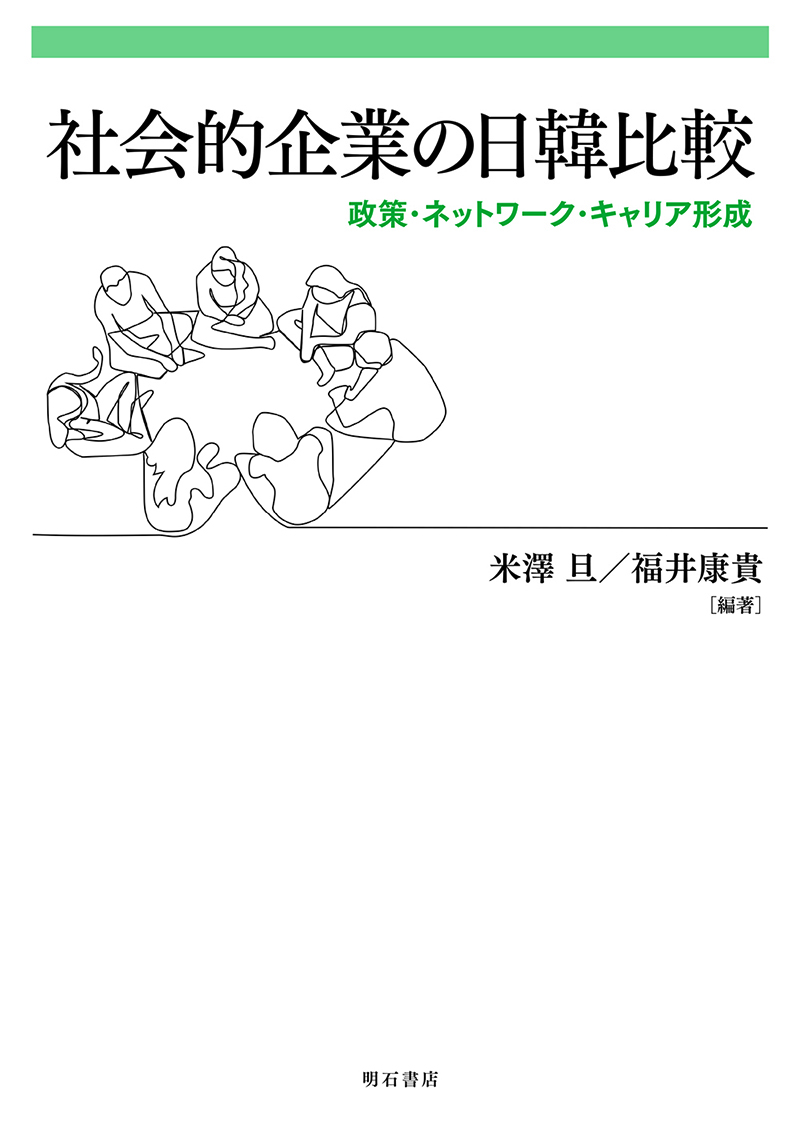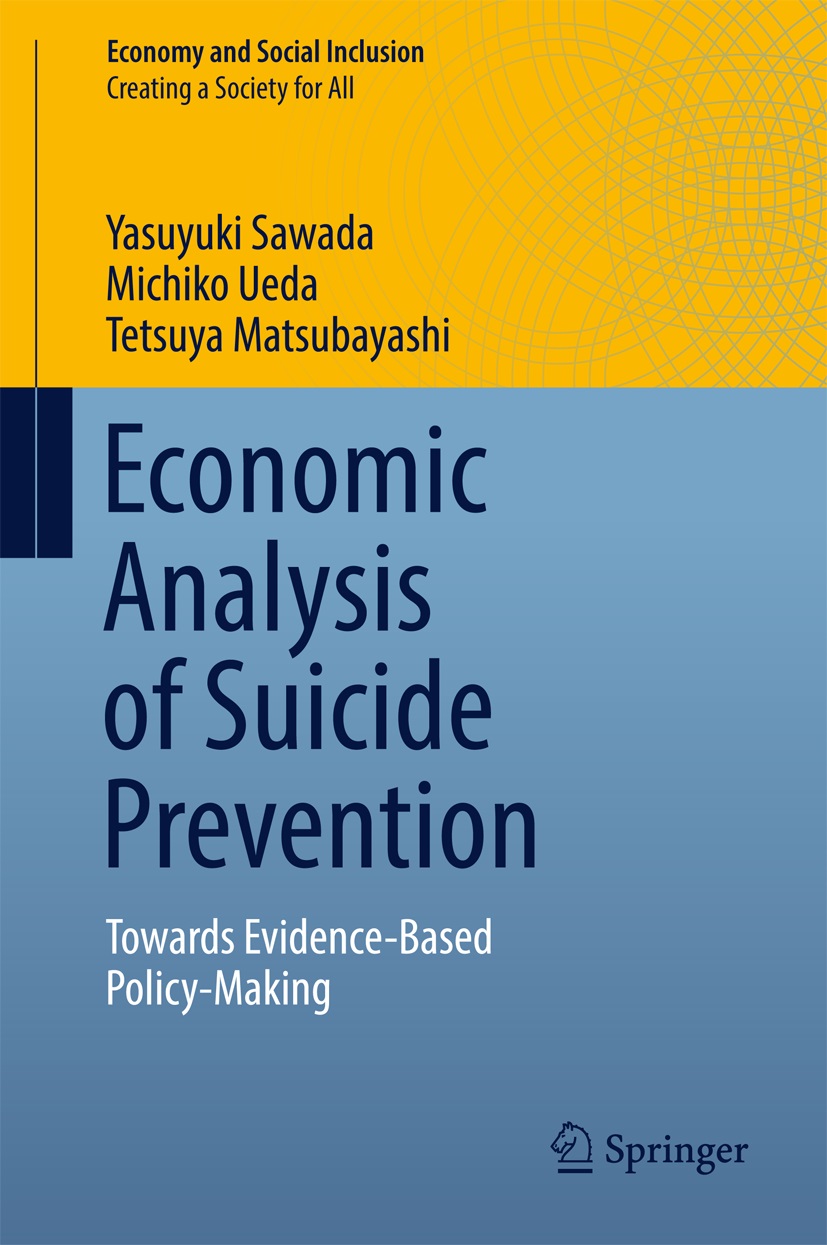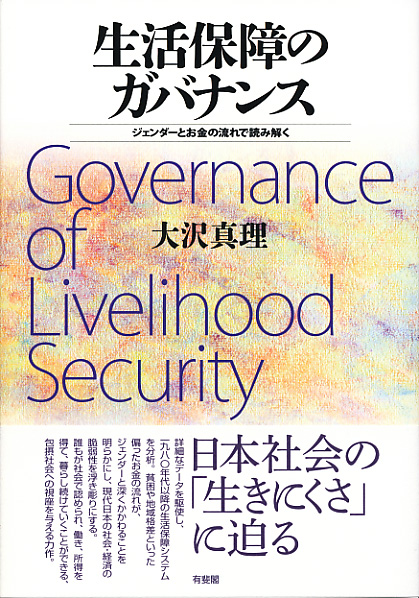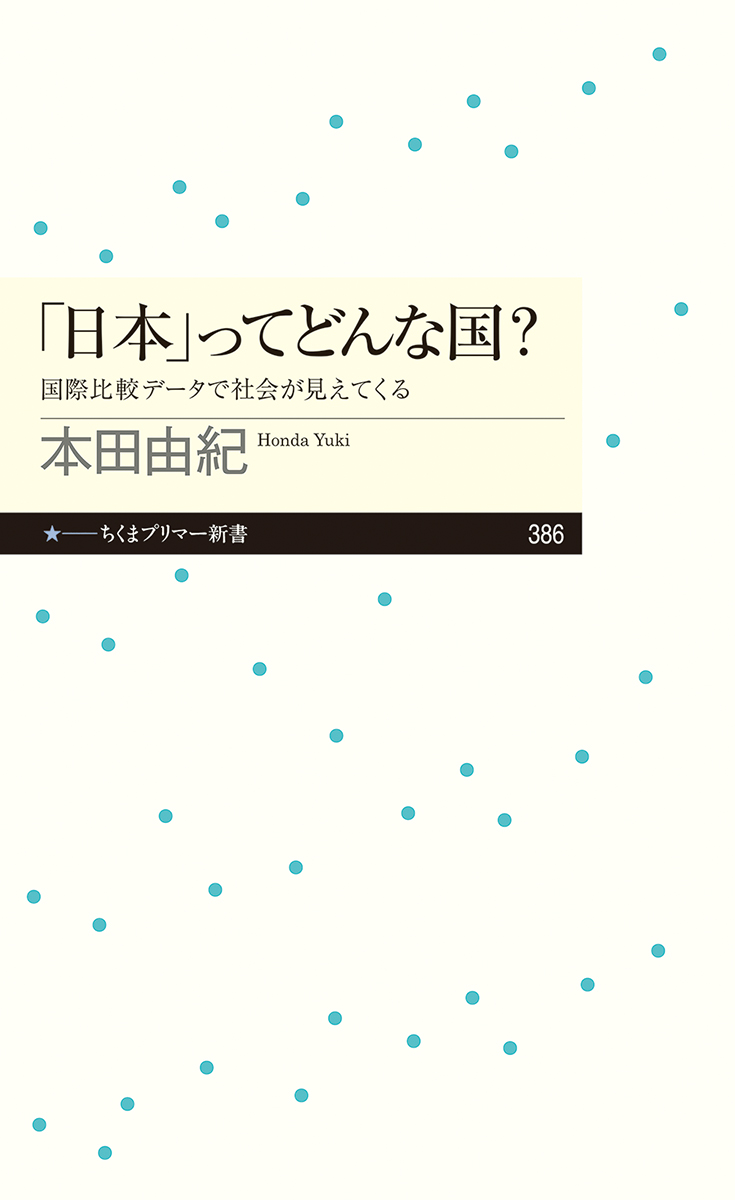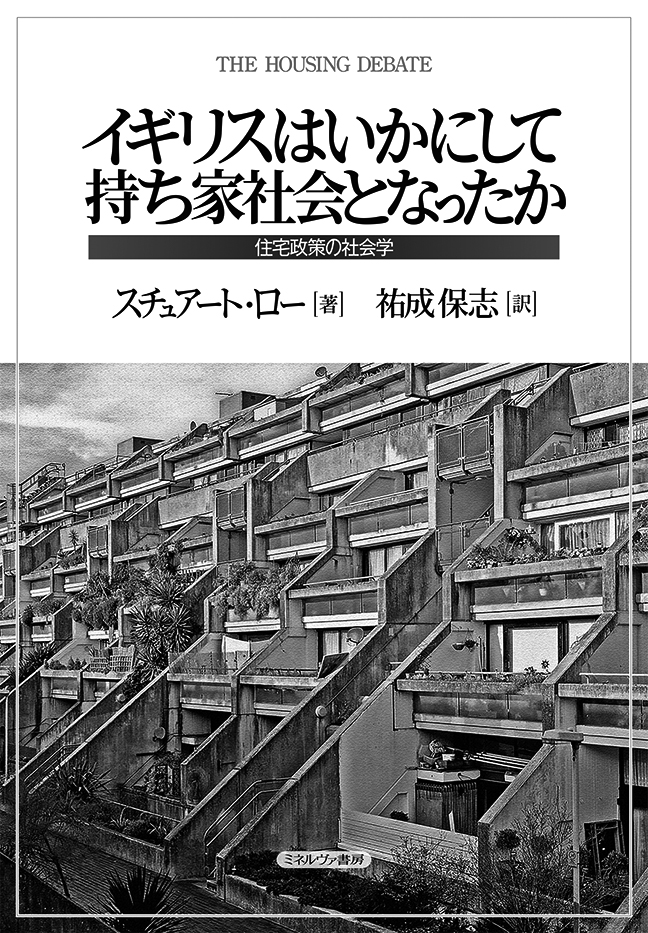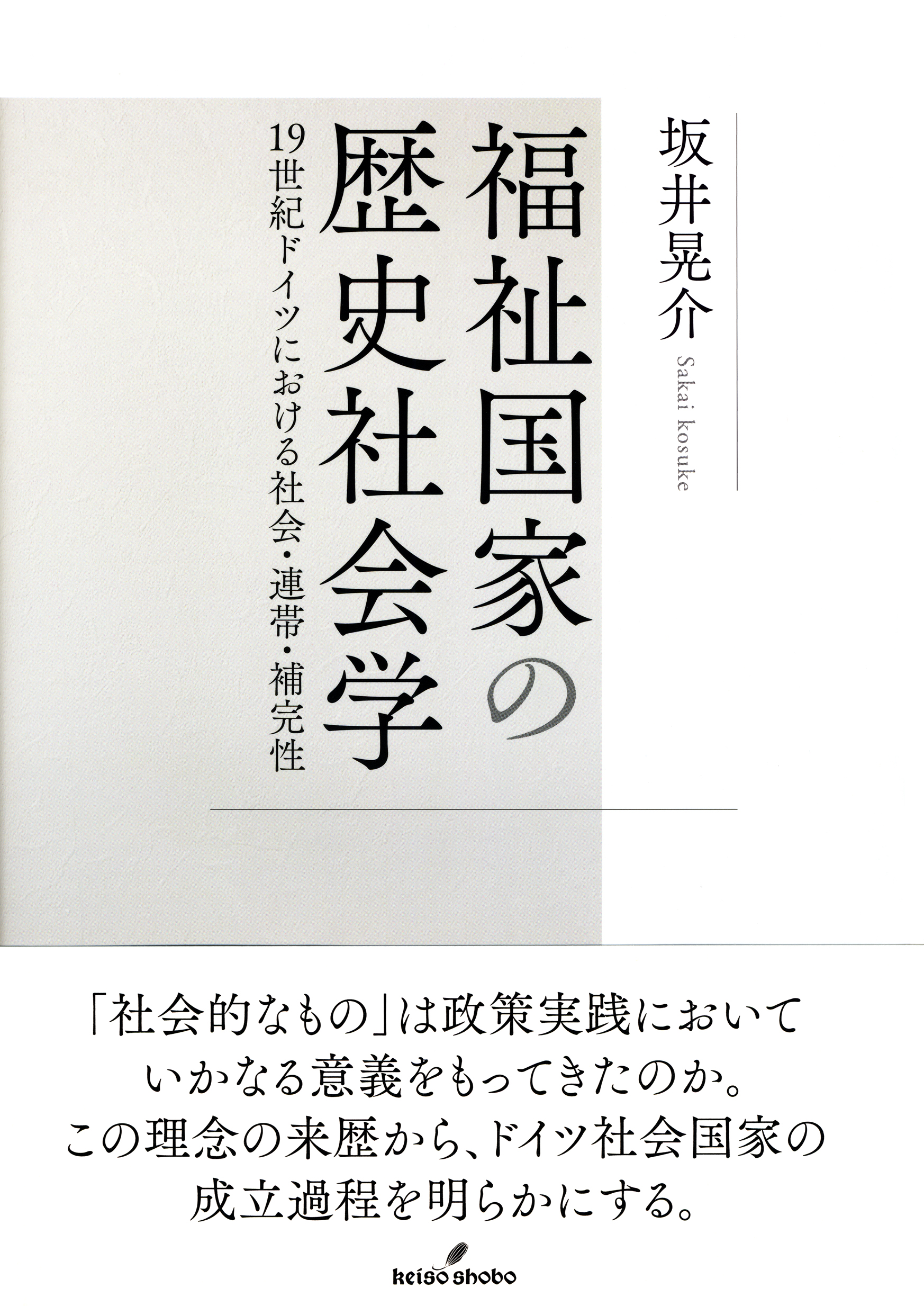
Title
Fukushi-Kokka no Nikkan-Hikaku (Comparison of Japan and South Korea as Welfare States - Employment and social security in a “latecomer”)
Size
200 pages, A5 format
Language
Japanese
Released
February 10, 2016
ISBN
9784750343020
Published by
Akashi Shoten
Book Info
See Book Availability at Library
Japanese Page
The welfare state is a system of government that seeks to guarantee the subsistence or livelihood of people under capitalism by pursuing two key policies, namely, one is employment policy such as providing job opportunities and ensuring workers’ rights, and the other is social security policy such as providing public assistance (poverty relief) and social insurance (poverty prevention). The system was established in the first half of the 20th century and thereafter.
In the history of the development of the welfare state, Japan and South Korea are defined as “latecomers” relative to Western countries as “early starters.” However, even though Japan and South Korea are both latecomers, there exists a time lag between the two in their development as welfare states. By focusing on this time lag, we can see the differences between Japan and South Korea. In other words, if we define South Korea as a latecomer, Japan can be defined as a “latecomer among early starters” or an “early starter among latecomers.” Such a historical-comparative perspective based on the time lag provides important theoretical implications for conventional comparative studies on welfare states, which are centered on Western countries. However, there have been few attempts to make a full-scale international comparative analysis from such a historical-comparative perspective.
This book analyzes similarities and differences between Japan and South Korea as latecomers and their underlying factors, thereby showing that a historical-comparative perspective—one that captures the diversity of latecomers—is essential for conducting an international comparative analysis of welfare states, not only in Japan and South Korea but also in Western countries. The ultimate purpose of this book is to explore, through the above process, the possibilities of the new approach that is different from those applied in conventional comparative studies on welfare states.
I would like to note that in keeping with these purposes, the Japan-South Korea comparative analysis provided in this book focuses on analyzing the history and present status of welfare states, rather than policy implications. In other words, my analysis is primarily concerned with identifying: i) similarities and differences between Western countries as early starters and Japan and South Korea as latecomers as well as the historical pathways and causal structures that have led thereto; and ii) similarities and differences observed between the two latecomers—i.e., Japan and South Korea—as well as the historical pathways and causal structures that have led thereto. On the other hand, analysis of policy aspects regarding problems and challenges faced by each or common to all welfare states is kept to a minimum. This is because the book originated from my interest in theoretical aspects, i.e., a desire to explore a new approach to research on welfare states with a particular focus on a historical-comparative perspective, while it is not so much concerned with practical aspects, such as exploring specific problems with existing systems and policies or issues for reform. However, these two aspects are not totally unrelated. The theoretical interest and analytical findings regarding the history and present status of welfare states provided in this book will serve as a foundation for exploring interest in practical issues and analyzing policy implications.
The book is structured as follows. The introduction section presents the underlying perspective and purposes of this book, which provides a comparative analysis of Japan and South Korea, as well as their theoretical implications. Chapters I and II critically review existing comparative studies on welfare states and find a new perspective from which to compare and analyze Japan and South Korea. Chapters III through V compare and analyze Japan and South Korea based on a comparative analysis from that new perspective, i.e., a historical-comparative perspective, to reveal similarities and differences between the two countries as well as their underlying factors. The final chapter highlights the importance of having such a historical-comparative perspective based on the above analysis and presents the possibilities of this new approach in comparing and analyzing multiple countries, not just Japan and South Korea, as welfare states.
(Written by Kim Sung Won, Associate Professor, Graduate School of Humanities and Sociology / 2018)



 Find a book
Find a book




